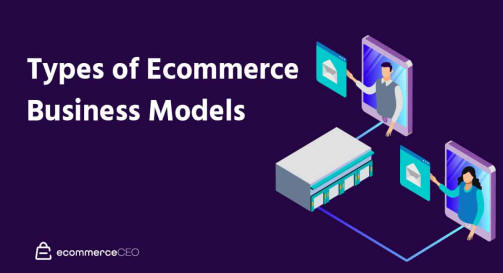
Business Models in E-commerce
The rapid and high demand by consumers to go toward the digital
merchandising has pushed the businesses to shape new adoptable models
in businesses.
GDMK has showed this flip, to move from a classic structured business
style to an e-commerce modern style. Basically, 90% of the incomes
sourced by physical retail, but the company has reversed the same ratio
by targeting 90% of its business by digital sales
(Global Diversified Marketing Group [GDMK], 2023). This change reflects
the trends of market that focusing expansion, reach to customers, and
efficient functioning by the online channels.
The developed GDMK’s strategy includes having the assets of the existing
e-commerce and benefiting from the digital tools to grow across the
present market and many digital vertical directions. The strategy of
acquisition it is not only the way that fasten the companies entry in
the market but it support direct access to customer data, proved and
tested channels of market, and functional infrastructure.
Investing in develop-able digital platforms, GDMK implants itself and act rapidly to new beginning trends and the advancement of technology. The transition was aligned with more widely abroad models like direct-to-consumer (DTC) and selling based on platforms, the last provides a better control of the brands, experience of customers and data analytic. The models allow the companies to improve and build strong relationships with their customers, and to give more focus on the real contacting time with consumers. In the e-commerce industry, businesses are increasingly focusing on strategies to meet the increasing expectations of modern consumers. These expectations demand fast, seamless, and personalized shopping experiences, reflecting convenience, reliability, and relevance to their needs and lifestyles.
Businesses must be able to pivot rapidly in response to market shifts,
technological innovations, and changing consumer behaviors. Flexibility
in operations, supported by digital infrastructure and real-time
analytic allow businesses to adapt their offerings and strategies
effectively. Continuous creativity, such as innovative marketing
campaigns, personalized user interfaces, and dynamic product
recommendations, is essential for maintaining customer engagement and
fostering brand loyalty. Consistent delivery of valuable and
differentiated services via digital channels is equally important,
including efficient logistics, reliable product availability, superior
customer support, user-friendly platforms, and transparent
communication. As digital competition intensifies, companies that
integrate agile thinking with robust technological capabilities are
better positioned to thrive. Innovation, response, and
customer-concentric solutions are not just a competitive advantage but a
fundamental criterion for sustained success in the e-commerce sector.